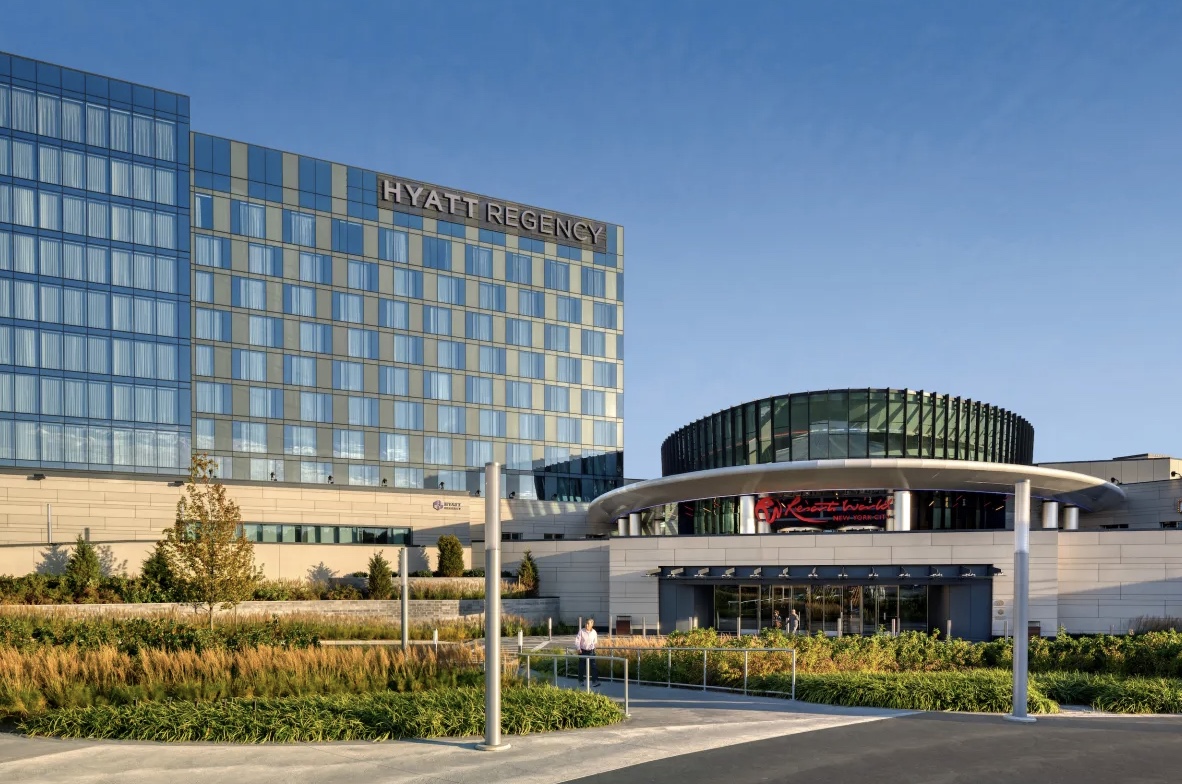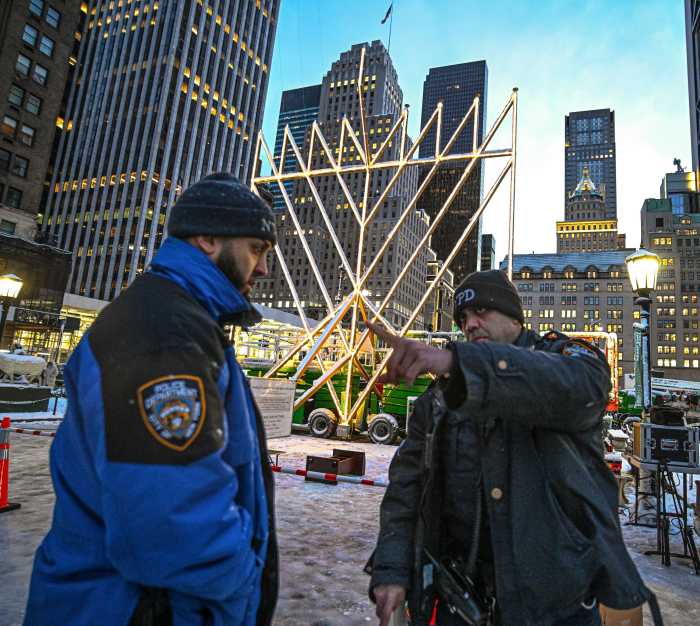The collapse of the officially landmarked St. Monica’s Church in Jamaica on Monday brought the issue of the state of the Borough’s landmarks to the forefront.
"Why is it that when it comes to what’s left of our past here in Queens, there is indifference and neglect by our Borough’s officials. We’re losing our history," said Flushing civic leader Helen Dunn. "St. Monica’s didn’t just collapse due to the heavy rains," Dunn added. She claimed that there had been holes in the ceiling, and the windows, artistic gutters and leaders were removed. "It looks to me like someone wanted that building destroyed so they could build a new building on that site," Dunn charged.
Her worries have been echoed by local preservationists who believe that when it comes to Queens, our historic treasures are largely forgotten or neglected.
"It’s a disgrace how much our borough’s past has been destroyed," said Jeffrey Kroesller, president of the Queens Preservation League. "Some of what is left is let to deteriorate. And our Borough has the least officially designated landmarks of any of the five boroughs," Kroessler said.
St. Monica’s now joins a list of officially designated — but highly neglected — Queens landmarks. While a designation by the City’s Landmarks Preservation Commission is supposed to guarantee that the site will be safe for posterity, the reality in Queens has been sometimes bleak.
The most visible, and to many historians the most shameful, example is the destruction of the RKO Keith’s theater in Flushing. The interior of the 1927 movie palace, designed by the renowned theater architect Thomas Lamb, was designated a landmark in the early 1980s. But the building’s owner, Thomas Huang, allowed the structure to remain vacant and many of the beautiful fixtures, and features of the theater either disappeared or were destroyed. The building stands at the important geographic juncture of Northern Blvd. and Main St., and the unsightly bull of its facade is a depressing reminder of the historic glory days of the theater and what its potential could be for downtown Flushing, civic leaders say.
The Hammerstein House in Beechhurst is a burned-out hulk of its former self. Called "Wildflower" by the famed theatric producer who had it built in 1924, it was a sprawling tudor home that is representative of the many mansions erected along the North Shore of Eastern Queens in the early decades of the 20th Century. A number of fires gutted the structure as it stood vacant next to the Throgs Neck Bridge. Part of the facade will be restored and retained when a private developer converts the site for housing.
The New York Architectural Terra-Cotta Company Building on Vernon Blvd. in Long Island City, built in 1892, was landmarked because it was considered one of the finest examples of terra cotta construction in the City. It has been vacant for years and is in a state of severe deterioration.
"Trees are growing out of the windows," Dunn said, "and it’s a shame because this building sits right by the Queensborough Bridge and could be a tourist attraction. Instead all we have is neglect," she added.
Queens faces other landmark problems. The Bowne House, the oldest structure in the Borough, is being maintained as a museum honoring its position as the birthplace of religious freedom in America, but the 1661 house is in a state of serious structural damage and needs funding to ensure its preservation.
In the past decade a number of historic but not officially landmarked structures were lost to the wreckers’ ball, most notably the 1939 World’s Fair Aquacade in Flushing Meadows-Corona Park that was demolished last year.
































